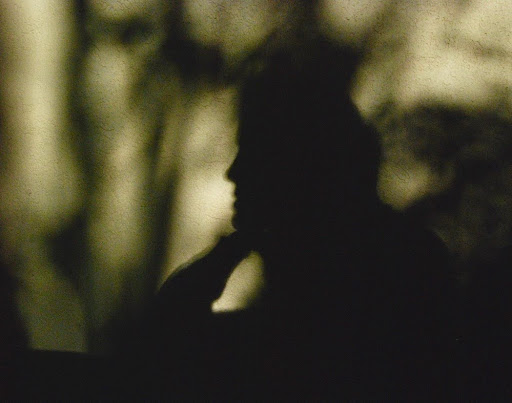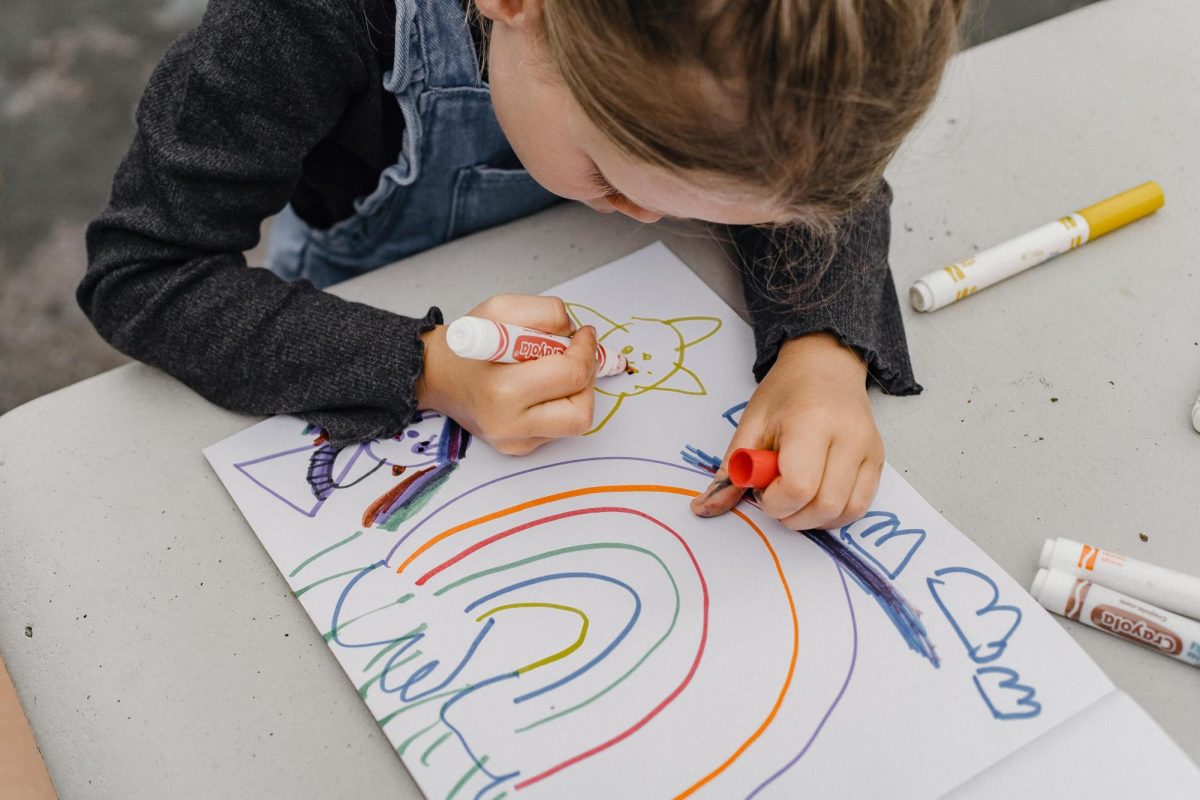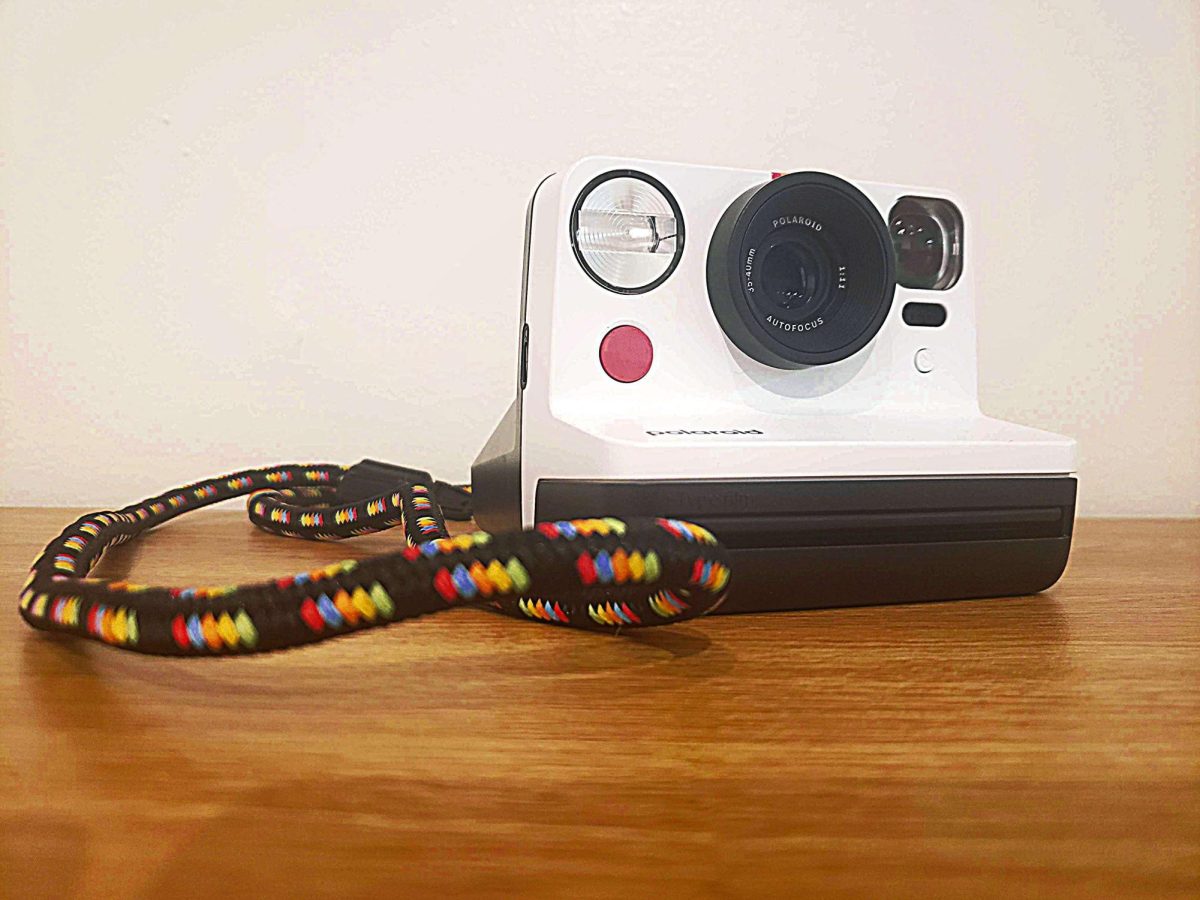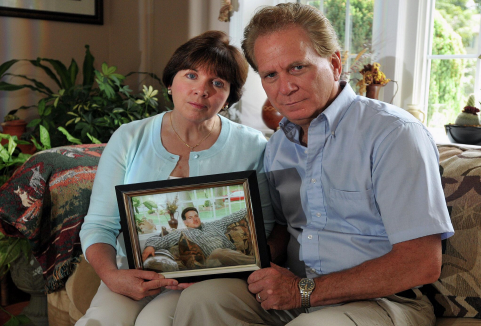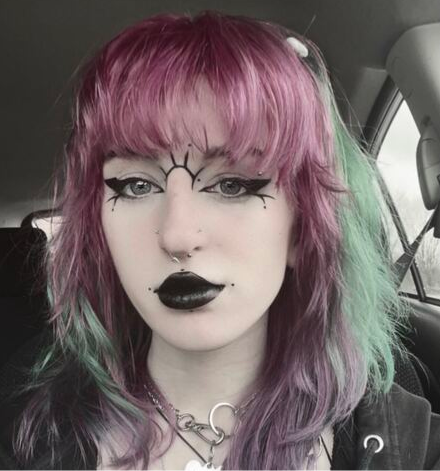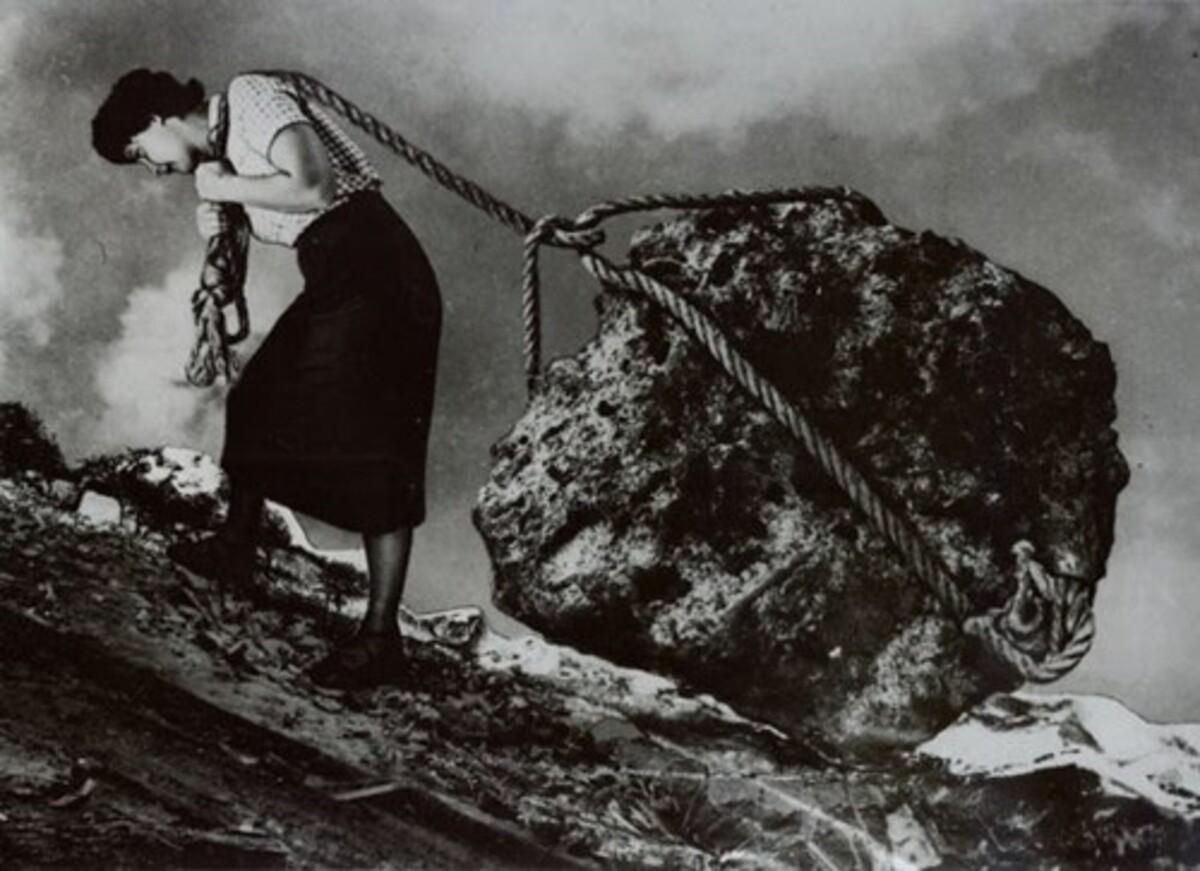~ I don’t want to kill myself, but I wouldn’t mind not being alive. ~
~I just want to sleep for like, a month. Just a month to pause time and sleep. ~
~If I died, it’s not like I would know it. Like if I just didn’t wake up in the morning.~
~Life is just not really worth all the trouble. It’s not all bad, just not enough good. ~
~I could never kill myself, there’s no good way to do it anyhow.~
Maybe they’re uttered to a friend, veiled as a joke or maybe they are a part of an internal monologue as someone tries to pull themselves out of bed in the morning. But these sentiments are ones that wear an individual down, making just getting through the day a Sispheyan feat.
Despite the seemingly obvious troublesome nature of such thoughts, people who experience them are unlikely to seek and receive mental health care. The reasoning for such a treatment deficit lies at an unfortunate intersection of lack of awareness and lack of access for these individuals.
This psychological phenomenon is marked by a desire to not be alive, without any intent to carry out an act of suicide, known as passive suicidal ideation; it kills, just in a less obvious way.
Where active ideation is the mental state of wanting to end one’s life and planning to do so, passive suicidal ideation operates in a more covert fashion that makes detection by the affected individual and their friends and family illusive.
According to a 2020 National Library of Medicine (NLM) meta-analysis, passive ideation is highest, in year-long and lifetime prevalence, for adolescents and young adults in comparison to older adults. And, regardless of age, passive ideation is as prevalent as active suicidality. However, despite similar levels of occurrence, passive ideation received care at a lesser rate than active ideation.
The predominant narrative of suicide and sucidal actions, generally accepted by the public, is mostly informed by media and possibly some people’s personal experiences. Shows such as “13 Reasons Why,” “Glee,” “Dear Evan Hansen” and a litany of procedural dramas portray suicide and suicidal ideation as an easily predictable, sometimes trivially triggered and sensationalized tragedy. Those who have the unfortunate ability to say they have a personal connection to suicide, view it in retrospect, and thus, will always be able to see what they had missed at the moment. The resulting understanding of suicide is that if you just look hard enough, pay enough attention, then you can catch it and stop it with an uplifting song or heartfelt speech.
While these shows and increased visibility of suicidality in the media have shown positive effects on treatment and help-seeking behaviors for those affected, they have also had the unintended effect of perpetuating an incomplete story of suicide. There is no sinister intent, quite the opposite, the intent of increasing awareness was valiant at worst, but the media has created an in-depth understanding of active suicidality without a full acknowledgment for its passive counterpart.
This lack of understanding of passive suicidality not only decreases the ability of friends and family to detect it in their loved ones but also reduces self-awareness and detection. Because active suicidality is at the forefront of the social consciousness, those who experience passive suicidality typically do not label what they are experiencing as suicidality, writing it off as nihilistic humor or fleeting intrusive thoughts.
This presents a telling barrier, as mental health intervention and care is commonly induced by the person experiencing the mental illness. It may be that they directly seek care or go to a trusted friend or family member to help find treatment, but the affected individual has to trigger the process.
This lack of understanding and treatment barrier does not just rest at a public perception level.
The professional field of psychology is also lacking in an equitable understanding of passive suicidality in comparison to active suicidality. The NLM 2020 study’s final conclusion read: “Collectively, these findings are indicative of the need for greater focus on passive ideation in research and clinical contexts.”
Although the study, one of the largest of its kind, was able to draw some broad conclusions on passive suicidality, the more in-depth and nuanced understandings of its etiology remain largely unknown and require further research and professional attention.
What is known about passive suicidality and ideation increases the need for further understanding. Passive ideation is characterized by an indifference to life, and the actions that come from this, known as passive suicide, follow that indifference.
The first scale built to measure passive ideology was ranked in three broad mental states in increasingly concerning order: “(1) Would take measures to save [one’s own] life, (2) Would leave life/death to chance and (3) Would avoid steps necessary to save or maintain life.”
These mentalities come to fruition in actions, or inactions, of not taking necessary medicine, not seeking medical attention for physical conditions, lack of engagement in necessary parts of life like attending work or school, not maintaining hygiene and not feeding oneself. Those experiencing passive suicidality might also engage in more risky behavior that increases their risk of “accidental” death. For instance, speeding during inclement weather or stepping into traffic without looking for oncoming vehicles are clear determinants of apathy for life.
It is also important to note, that while passive suicidality presents danger through the behaviors that it induces, it also has the capacity to evolve into active suicidality. Some professionals would liken it to a time bomb, that upon experiencing a mental health trigger –– loss of job, breakup, etc –– will go off, causing a person to actively seek death.
Passive ideation and suicidality is the reason people look back after the tragedy has occurred and think, “but they didn’t seem like the type,” or “I didn’t think they would go that far” because they didn’t know any better to look for different signs. Because they didn’t think there was any truth to the words uttered after a failed test or in jest. Because they didn’t think it was bad enough to need attention yet.
Passive suicidality kills, just in a less obvious way.
It is not healthy to not care if you live.
It is not healthy that the only reason you are alive is that you can’t think of a good way not to be.
It is not healthy to wish for death.
Get help, for you, for those you love:
National Suicide Prevention Hotline – 800-273-8255
Crisis Hotline: Text HOME to 741-741
LGBT National Hotline: 888-843-4564
More at: https://www.dbsalliance.org/crisis/suicide-hotline-helpline-information/




